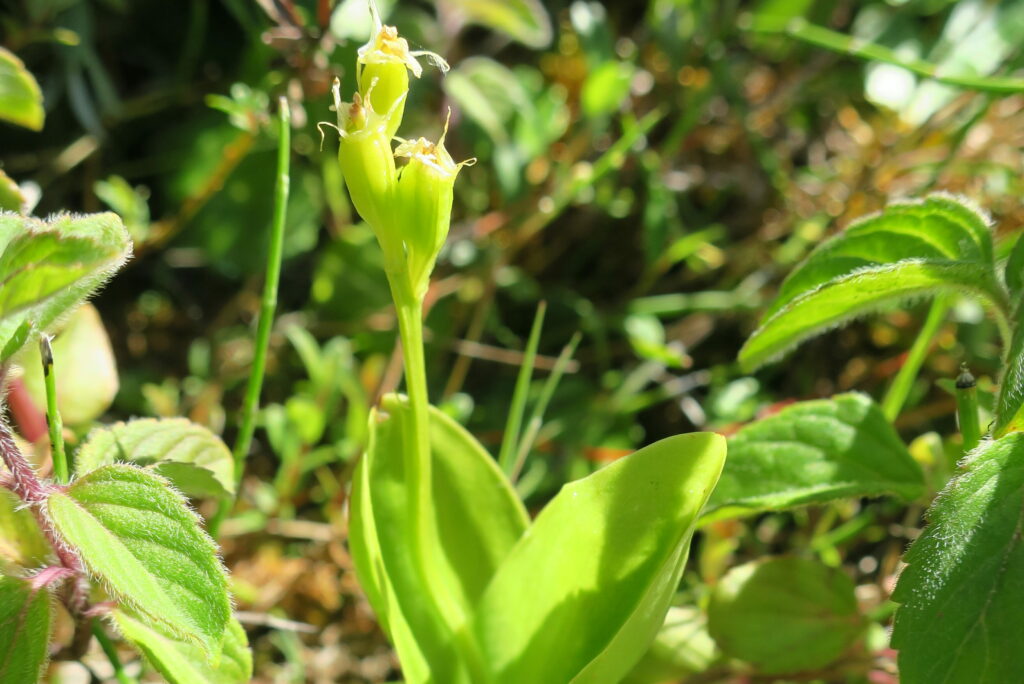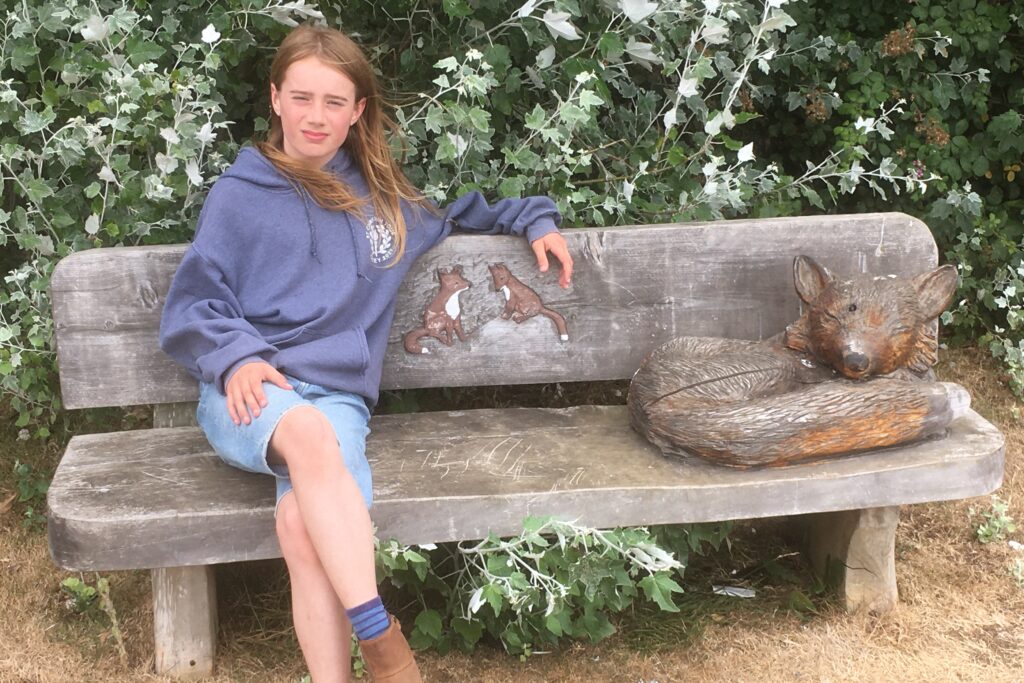
Amongst the various Sites of Special Scientific Interest (SSSI) encompassed by the MOD’s Welsh estate is Laugharne-Pendine Burrows, situated within MOD Pendine. It was here that a very exciting re-discovery was recently made, with the rare and elusive Fen Orchid spotted growing for the first time in just under twenty years!
MOD Pendine
MOD Pendine is located on the southwest coast of Wales, within the village of Pendine itself. The site has a land area of 20.5km² and is operated by QinetiQ on behalf of the MOD. It is used for Test and Evaluation (T&E) and training support services, helping to ensure that the equipment used by our Armed Forces is fit for purpose and that military personnel have the training needed for the job they do.
Laugharne-Pendine Burrows is an area of the site that’s classified as an SSSI and is distinct for its sand dune ecology. Since 2005, DIO ecologists have been working with QinetiQ to implement a detailed programme of conservation management work at Pendine as part of the UK-wide MOD Site of Special Scientific Interest Condition Improvement Project. This project supports the management of the 82,000ha of SSSI across the Defence estate.
The re-discovery of the Fen Orchid
In light of these long-term conservation efforts, we were delighted when the Fen Orchid – known as the ‘crown jewel’ of sand dunes – was rediscovered on the burrows by a young botanical enthusiast.
11-year-old Tristan Moss was out conducting a survey with the Botanical Society of Britain and Ireland (BSBI) when he spotted a Fen Orchid, in flower and seed, at the beginning of July.

What’s more, several other rare species were recorded during the BSBI survey, including the Fragrant Orchid, Dotted Sedge, and Adder’s-tongue Fern.
Protecting and enhancing sand dune ecologies
Work to restore the Fen Orchid started with excavations, known as ‘scrapes’, to remove nutrient-rich material from several dune slacks back in 2005. This process helps to reduce competition from more aggressive and invasive plants, and maintains a high water table with periodic flooding in the dune slacks – low lying areas in the dune system which provide habitats for rare and specialist species.
In recent years, further carefully planned restoration works have been completed, including scrub clearance and the re-blocking of a large ditch to help restore the sand dunes’ hydrology. Since 2019, the Sands of LIFE (SoLIFE) project, led by Natural Resources Wales, has been responsible for renewed scrub clearance to clear recolonising invasive species and control scrub along the area’s boundary to allow the dune slacks to remain open.

Continuing management will seek to further enhance the habitat at MOD Pendine, to protect the Fen Orchids and encourage the colony to expand in future years. In the meantime, be sure to check our blog regularly for more about the work DIO ecologists are carrying out across the Defence estate.